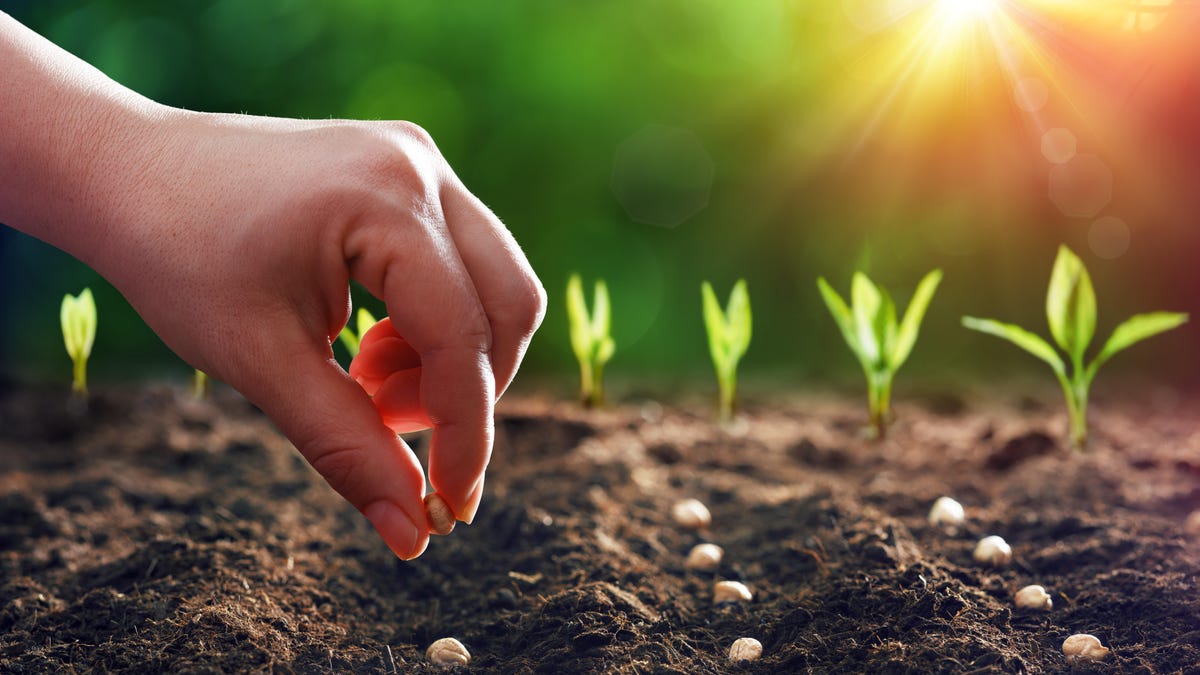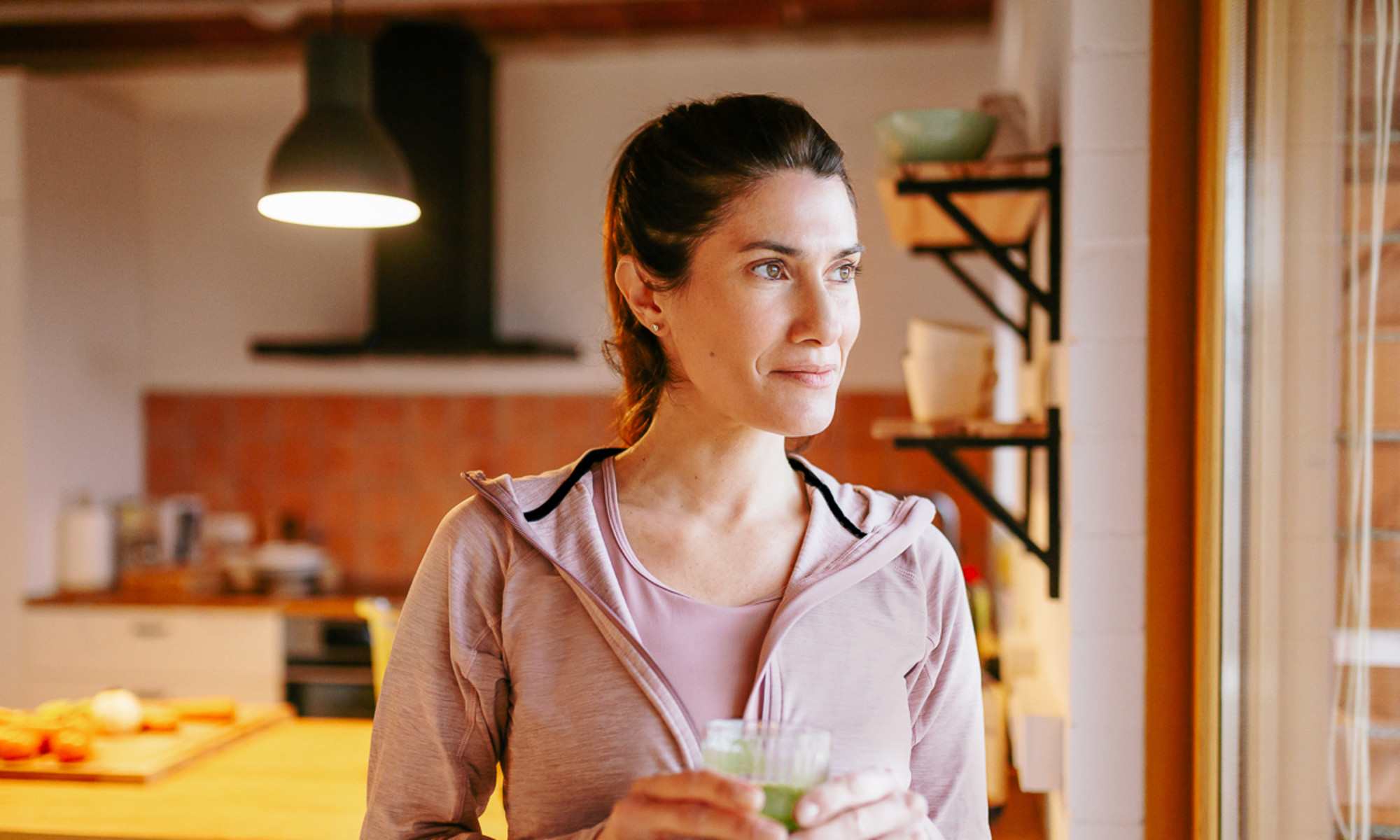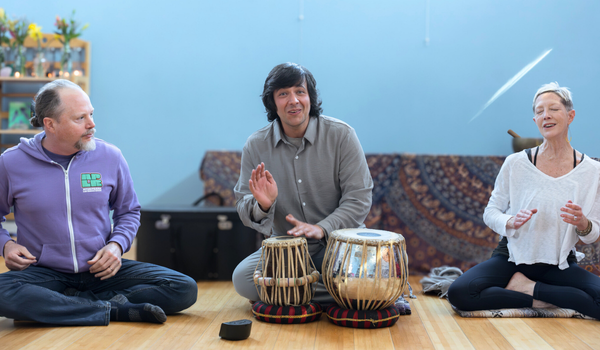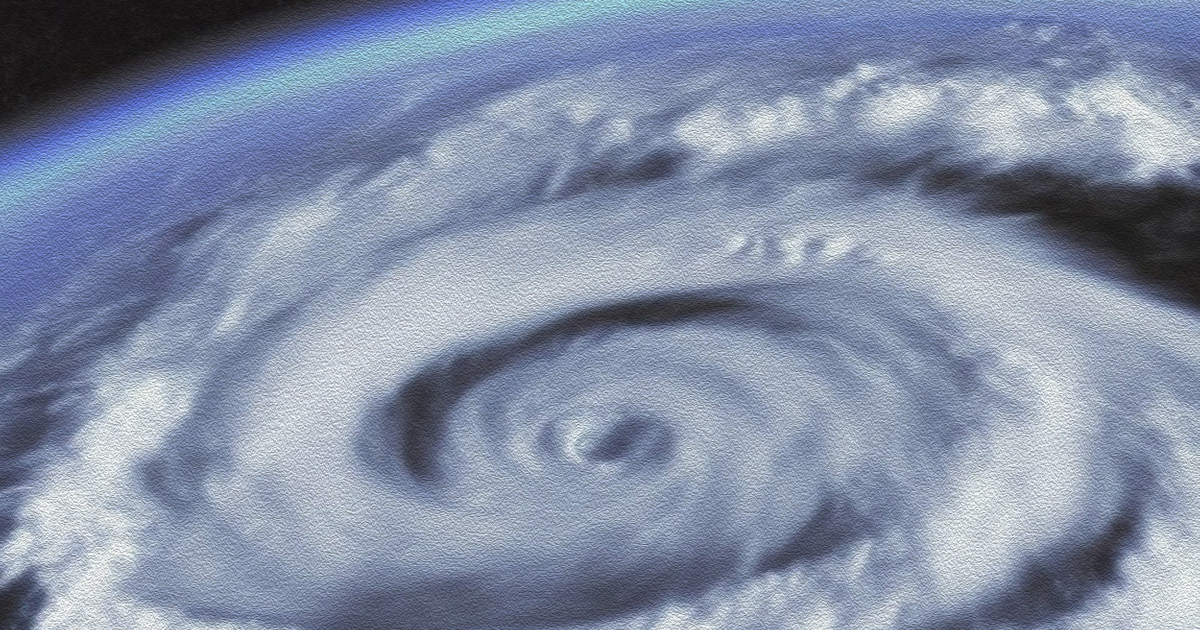How to Attract Wasps to Your Garden (and Why You Should)
Wasps have a public relations problem. Sure, there are probably plenty of people out there who aren’t big fans of bees—especially if they’ve had an allergic reaction to being stung by one—but ultimately, most would make their feelings known...
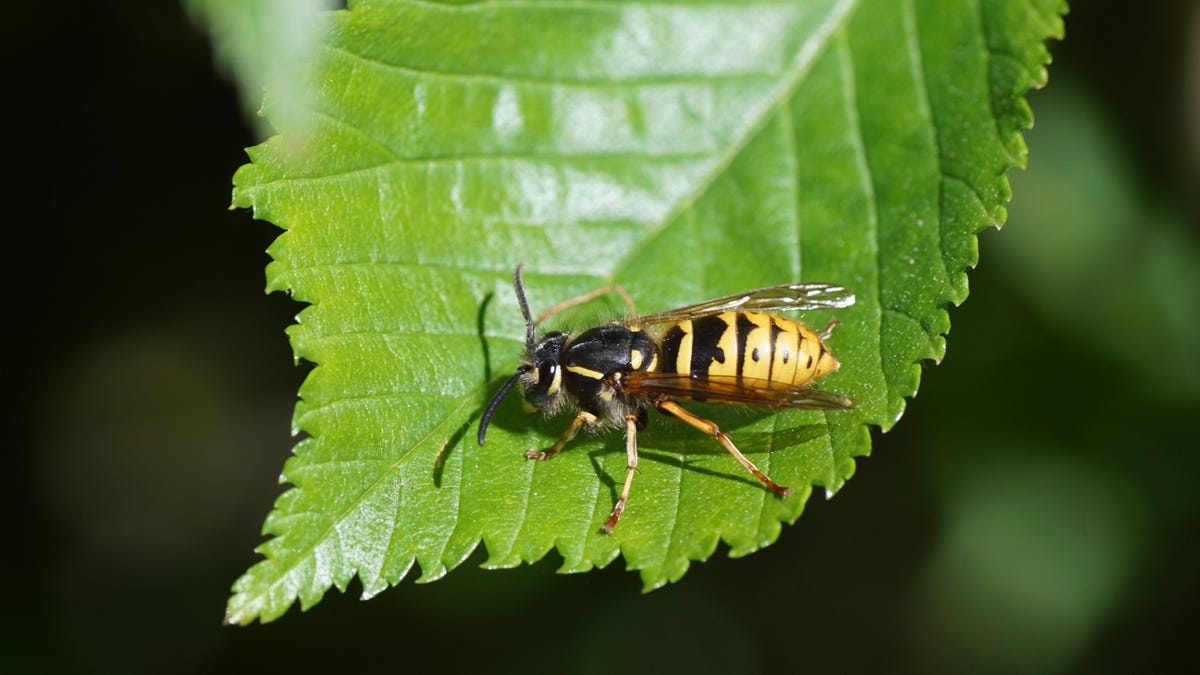

Photo: Thijs de Graaf (Shutterstock)
Wasps have a public relations problem. Sure, there are probably plenty of people out there who aren’t big fans of bees—especially if they’ve had an allergic reaction to being stung by one—but ultimately, most would make their feelings known with the caveat that they realize that bees are important for pollination and honey-production purposes.
But wasps? Not so much. When was the last time you saw kids trick-or-treating in wasp costumes on Halloween, or kitchen towels featuring wasp patterns in HomeGoods?
And while bees have cornered the market on honey production, they’re not the only pollinators in town. That’s right: Wasps can pollinate, too. But where they really shine is helping you out with pest control in your garden. Here’s what to know.
Why you want wasps in your garden
If you’re having trouble thinking about wasps as anything but pests themselves, that’s not entirely your fault. They can definitely be annoying when they buzz around you outside during the summer—not to mention dangerous to people they sting who are allergic to their venom. (And let’s not get started on their papery nests, with the perfectly round wasp holes, and ability to attach to houses, trees, and playground equipment.)
But if you have a garden, you’re probably reaping the pest-control benefits of having wasps around. That’s because many of the most common and damaging garden pests—including caterpillars, flies, crickets, and beetles—are food for wasps and their hungry developing larvae, according to Jan Rhoades of the University of California Agriculture and Natural Resources (UCANR).
How to attract wasps to your garden
There are a few ways to make your garden (and entire yard) more wasp-friendly, Rhoades says—starting with helping them choose appropriate nesting sites.
As you’ve probably noticed, wasps like to nest under the eaves of your home or garage, so she recommends allowing them to do so, as long as it’s not in a high-traffic area. This is because wasps tend to sting when they feel as though their nest is being threatened, so the more isolated they are in your yard, the better.
But what if the wasps choose a spot under an eave that’s right next to your back door? “If you do not like the location that a wasp queen has chosen to begin building her nest, simply knock it down while the nest is small and new, without any defenders to protect it,” Rhoades says, adding that “she’ll likely find another building site.”
Another way to attract wasps (or prevent the ones you do have from moving on to greener pastures) is to plant trees, flowers, and crops that they use for either food or shelter. Examples of these include fruit trees, fava beans, cowpeas, Queen Anne’s lace, yarrow, forsythia, and bridalwreath spirea.

 Aliver
Aliver 







